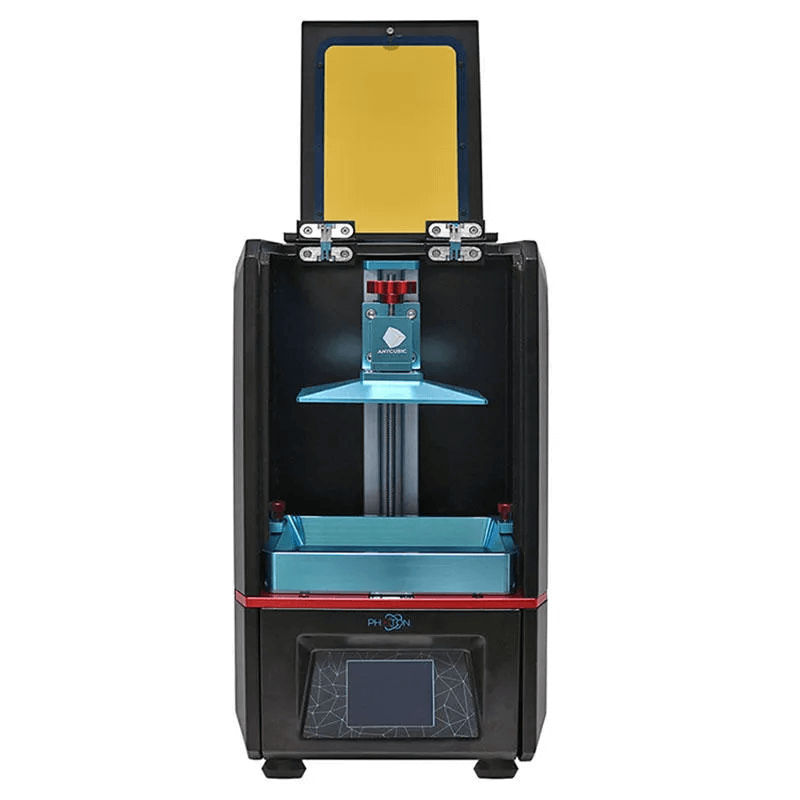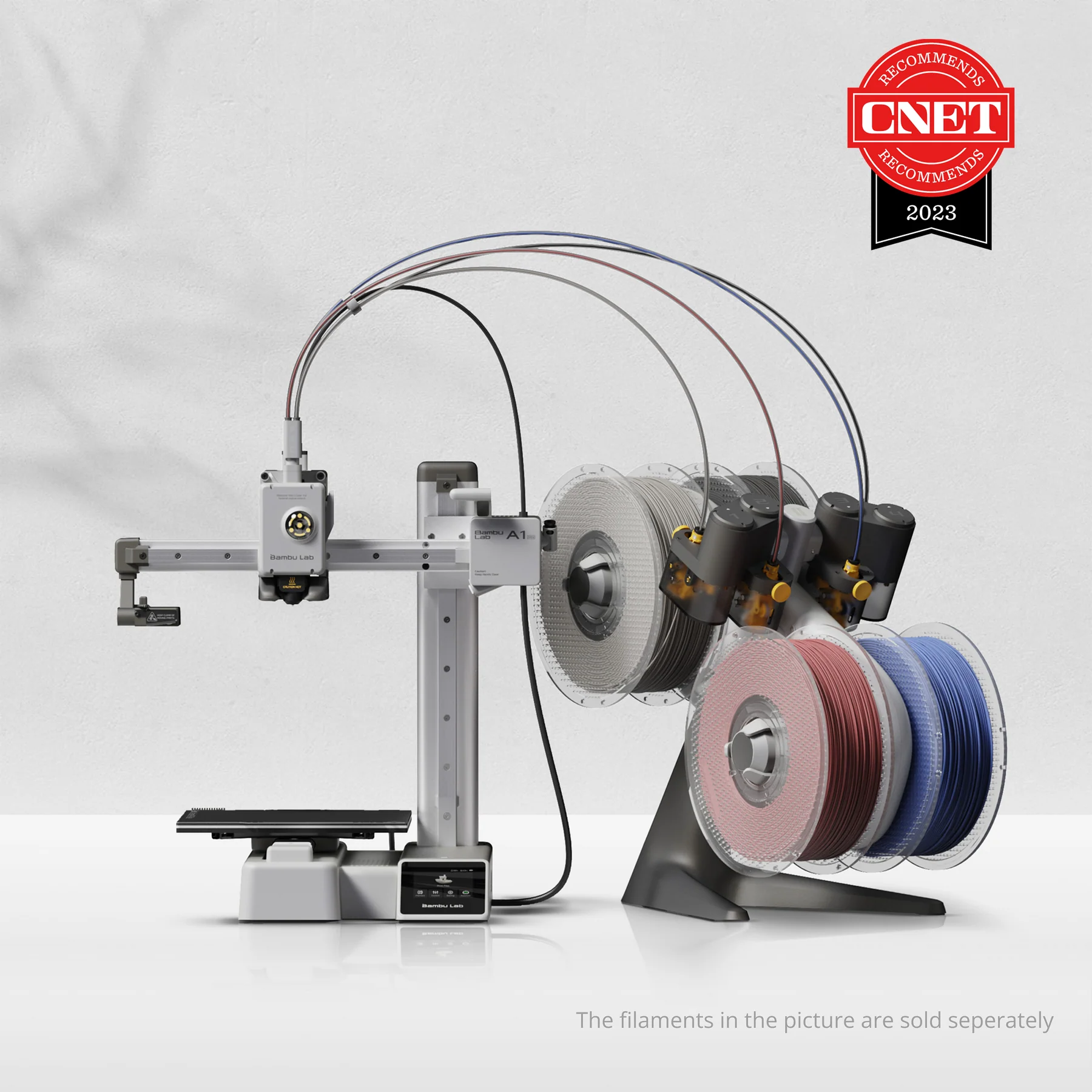Compare Photon vs A1 Mini
Comparison between the best 3D printers
Choose the best 3D printer at the best price. The cheapest 3D printers are here.
Buy a 3D printer here with 3D Fila.
 |
 |
|
| Model | Photon |
A1 Mini |
| Printing Material | Resin | Filament |
| Buy Resin for Anycubic Photon | Buy Filament forBambu Lab A1 Mini | |
| Estimated price | $100,00 | $549,00 |
| Manufacturer | Anycubic | Bambu Lab |
| Release Year | 2019 | 2023 |
| Print Volume [mm] | 65x115x155 | 180x180x180 |
| Printer Size [mm] | 220x200x400 | 315x347x365 |
| Weight [kg] | 7,2 | 5,5 |
| Power Loss Recovery | NO | YES |
| Maximum Resolution [mm] | 0,1 | |
| Processor | 32-bit Silenciosa | |
| Display | Touchscreen TFT 3,5'' | Touchscreen 2,4'' |
| Power Supply | 40W | 150 W |
| Connectivity | USB | Wifi, Bambu bus, Cartão SD |
| Operating systems | Windows, Mac, Linux | Windows, Linux, Macbook |
| Date of registration in the system | 2021-04-15 | 2024-04-10 |
| Release date | 2019 | 2023 |
| Extra features | The Anycubic Photon DLP is a resin 3D printer that stands out for its affordability and quality. It uses DLP (Digital Light Processing) technology to cure resin layers with precision, offering resolution of 25-100 microns. Its build volume is 115 x 65 x 155 mm, suitable for modest-sized projects. It includes a 2.8-inch touchscreen, USB and SD card connectivity, and a carbon filter to mitigate odors. It is notable for generating efficient support structures through its custom slicing software. Although it requires care in resin handling and post-processing, it is an excellent option for beginners and professionals who want to explore resin 3D printing with high resolution and ease of use. | The Bambu Lab A1 Mini stands out not only for its impressive speed and automatic calibration, but also for its multi-color printing capability thanks to AMS Lite. This innovative system makes multi-color printing easy, making it accessible to everyone. AMS Lite, specific to the A1 Mini, supports up to four different materials simultaneously, providing creative freedom without complications. With comprehensive sensors for energy monitoring and recovery, a camera for timelapses and Wi-Fi control, the A1 Mini and AMS Lite together offer an intuitive and advanced 3D printing experience, ideal for materials such as PLA, PETG and TPU, and designed for simplicity and fast maintenance with quick-change nozzles. |
| Support for multiple colors and materials (AMS and CFS) | NO | YES |
Notes * |
||
| Cost-benefit | 6 / 10 | 7 / 10 |
| Hardware | 0 / 10 | 4.8 / 10 |
| Tela | . | . |
| Print volume | 3 / 10 | 3 / 10 |
| Performance | 0 / 10 | 4 / 10 |
Conclusion |
| In comparing the Anycubic Photon and the Bambu Lab A1 Mini, it becomes clear that each printer serves different target audiences and applications within the 3D printing community. The Anycubic Photon, released in 2019, is an economical choice that excels in delivering high-resolution prints suitable for intricate details. Its smaller build volume makes it ideal for projects where precision is paramount, particularly for users focused on resin printing. However, its limitations, such as the lack of power loss recovery and its reliance on careful handling of resin, may deter some prospective users, particularly those seeking a more user-friendly experience. Conversely, the Bambu Lab A1 Mini, introduced more recently in 2023, offers a more robust feature set aimed at users looking for a versatile and efficient 3D printing experience. With greater print volume, multi-color printing capabilities through AMS Lite, and features like power loss recovery, it significantly enhances usability and creative potential. The A1 Mini's intuitive design and rapid maintenance capabilities cater well to hobbyists and professionals interested in streamlined workflows and a broader range of materials. While the Photon stands out for budget-conscious users demanding high resolution for smaller prints, the A1 Mini represents a more comprehensive solution for those willing to invest more for greater versatility and ease of use. Ultimately, the choice between the two printers will depend on the user's specific needs, budget, and intended applications within the realm of 3D printing. |

